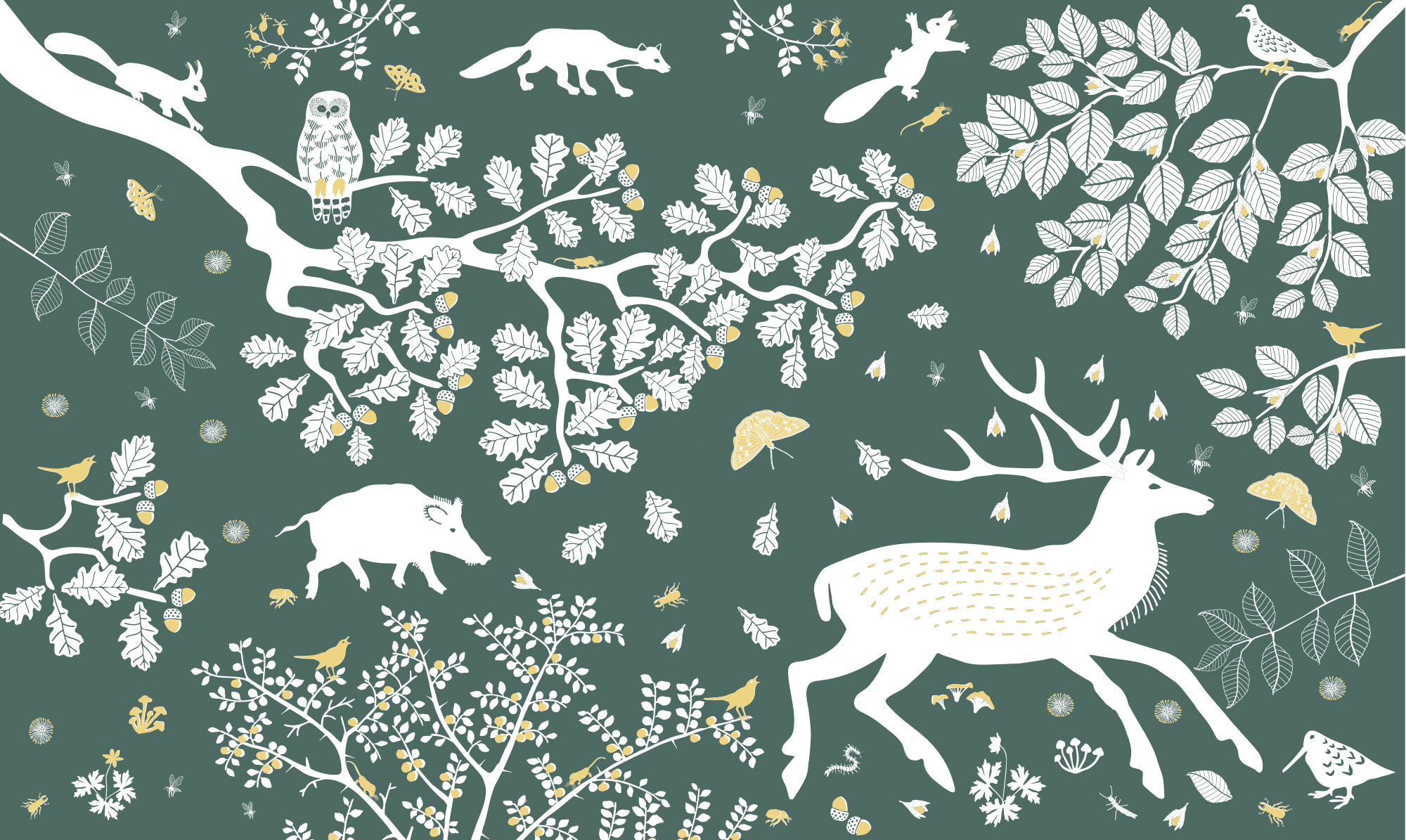Green Living: a Story Ahead of its Time
This story starts in the southern African bush veld, and ends with useful information about using loofah sponges.
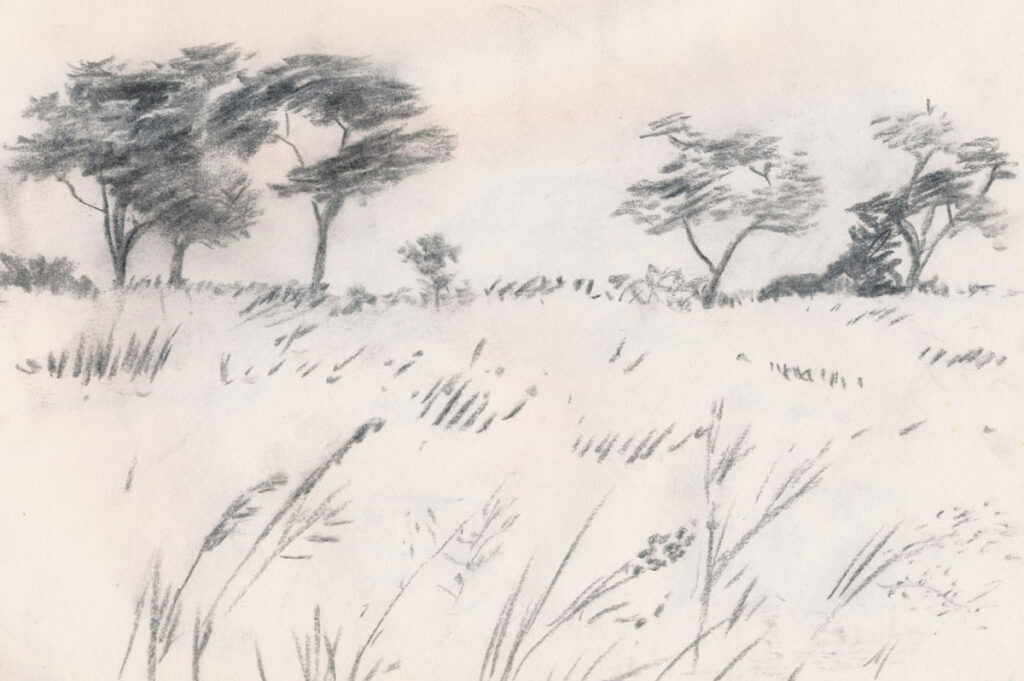
When I was young in the early 1970s we had hundreds of loofah sponges in our house … by mistake. What the heck? Plastic sponges were the next best thing, at the time! Why hundreds?
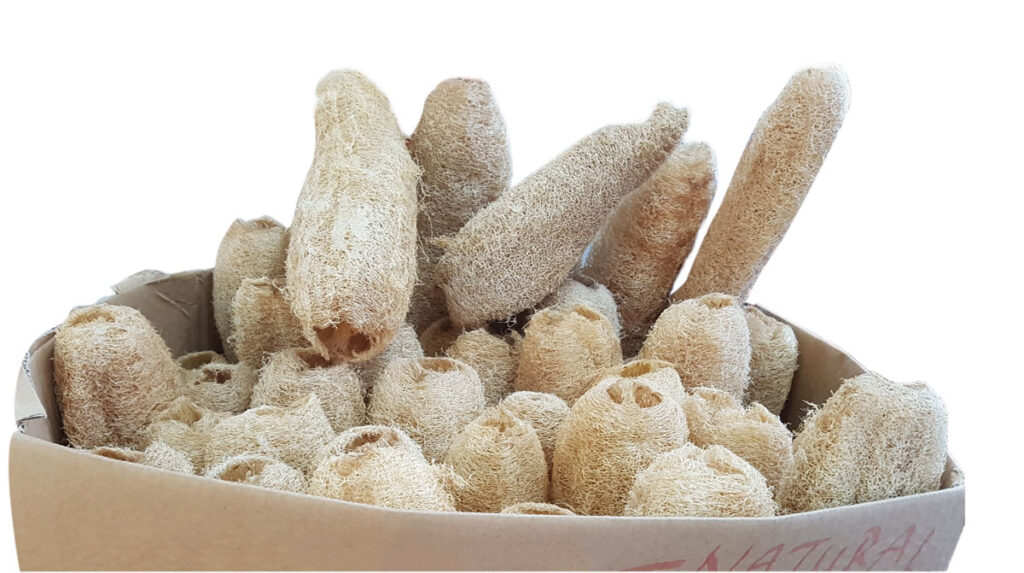
[Creative Commons Attribution: Mokkie; photoshopped by me]
Our Loofah Story
My mother had a market garden, and we took vegetables to town each week. The earnings paid for the petrol to travel the 60 miles and back; and for a few groceries. We mostly lived off the gifts of the farm, so we didn’t need much.
This was not ‘fun’ shopping. Wholesalers and farm supply outlets were our main ports of call. And they were mainly in industrial areas. In the tropical heat, these parts of town smelt of melting tar, diesel, bus fumes, dust and old tyres.
Our first stop, however, was the big vegetable market. In the early morning cool, the large warehouse was filled with the aromas of dewy vegetables, picked at dawn. For me that was the best part of the day. And the Farmer’s Co-op offered midday relief too. We would sit for a pot of tea and buttered anchovy toast, and then buy seconds cheese to take home.
So what about the loofahs?
Among the wide variety of seasonal veg we took to the market were cucurbits – things like cucumbers, squash and marrows (courgettes hadn’t happened yet). My mother saved seed, and bought new varieties from time to time. One year, we thought we had a bumper crop of a very extraordinary cucumber. But when we tasted one, it was horribly fibrous and inedible.
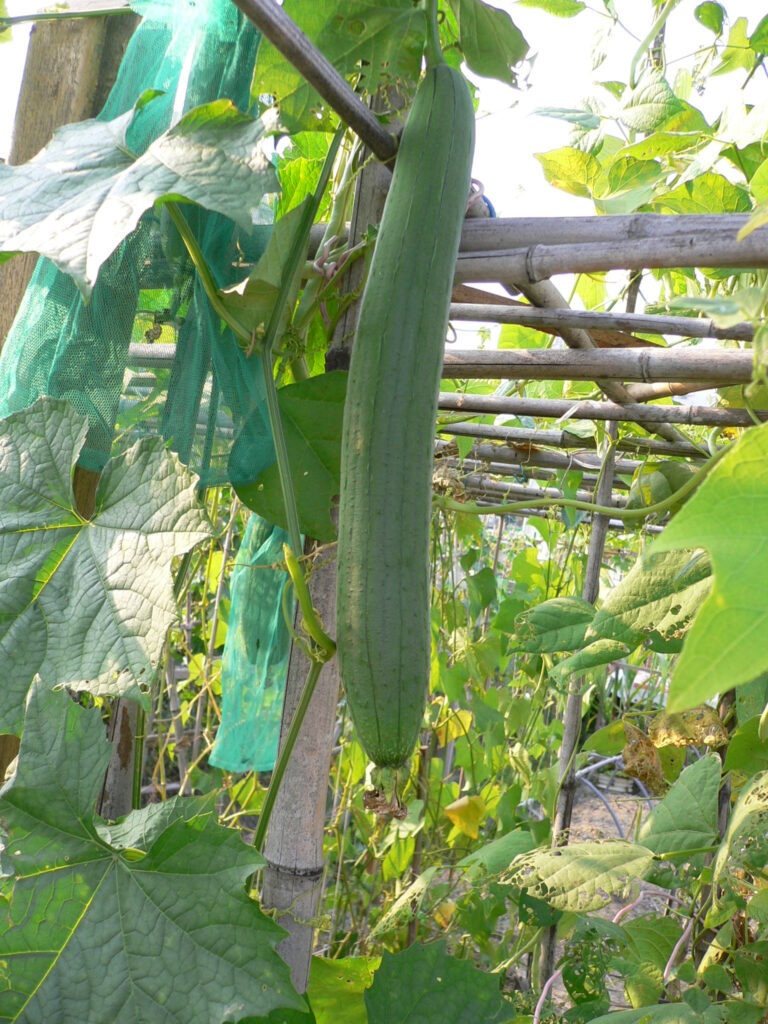
Undefeated, and from our home in the bush veld (no internet in those days), my mother worked out that we had grown loofahs from a seed packet labeled ‘as ‘cucumber’. She then figured out how to process our large crop of loofahs into sponges. The result: we had hundreds of loofah sponges from then on in. We sold some, gave loads away as gifts, and never bought a sponge again. A happy green outcome. No great loss.
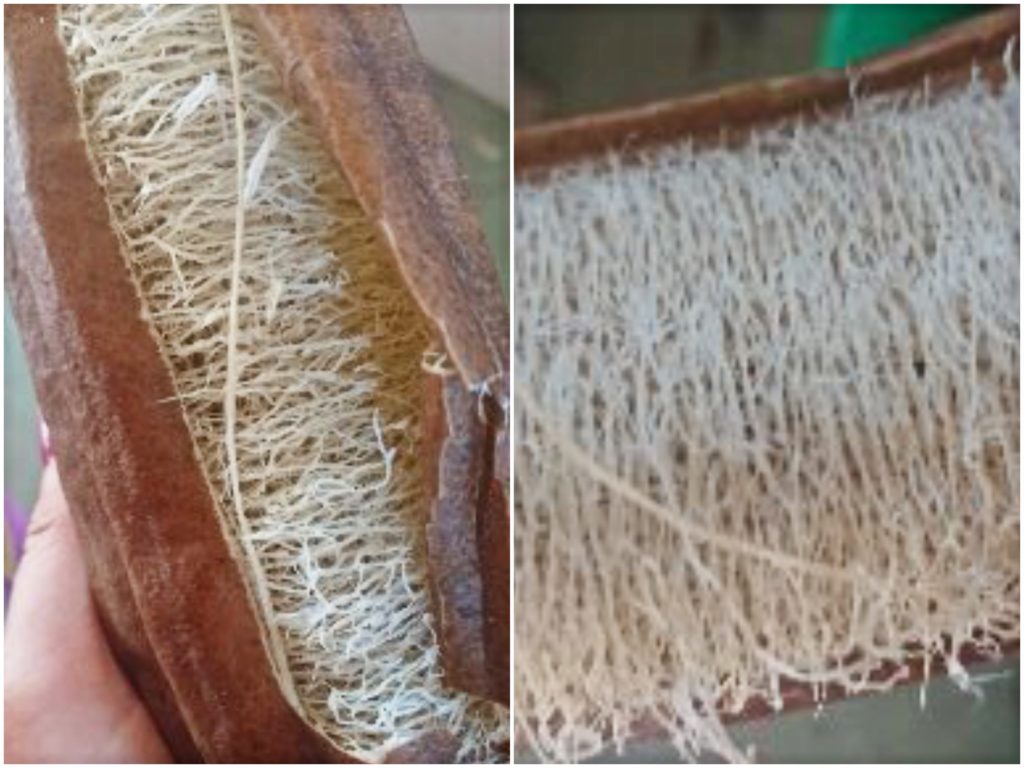
Blue Planet 2 and the Global Plastic Shock
After watching David Attenborough’s final episode of Blue Planet 2, in early 2018, I set about reducing the plastic in our home, here in Northumberland. I googled for loofah sponges and found only one item. I ordered a pack of six sponges. They were shipped from China and took ages to come. And when I opened the parcel, each sponge was individually packaged in plastic within a plastic packet! I’ve used loofahs in the kitchen and bathroom ever since, and they now come in brown recycled compostable card boxes.
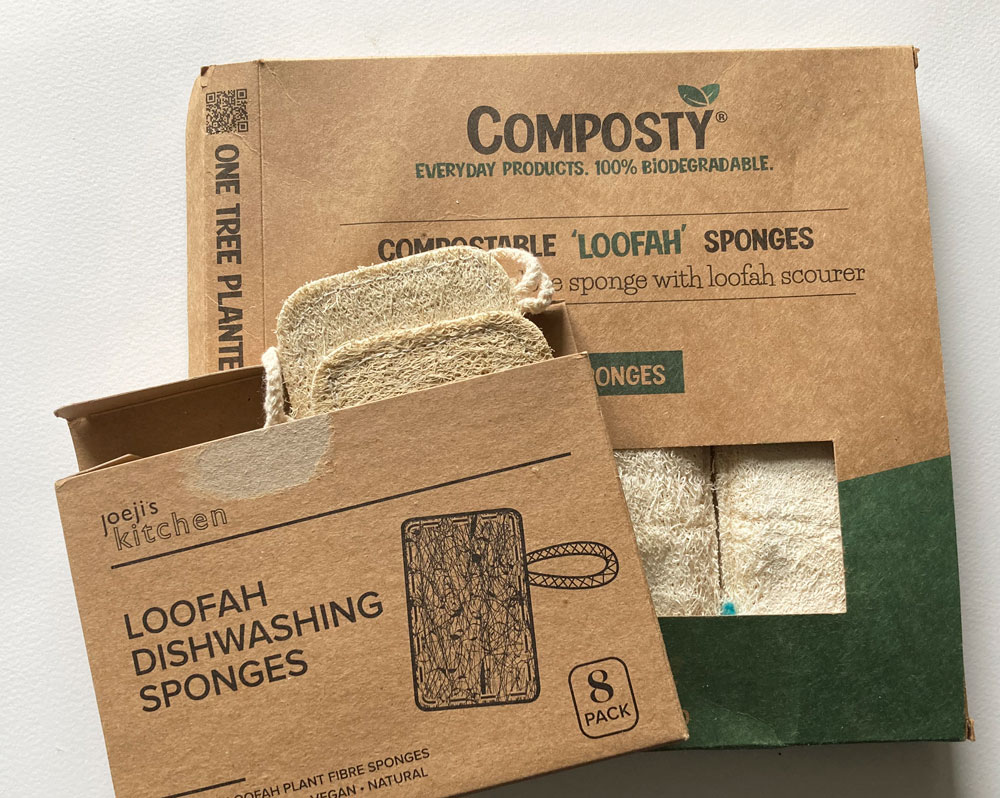
Good Things are Happening
- Loofah sponges and other natural biodegradable, compostable alternatives are now freely available online and in ‘green’ shops.
- Bamboo toothbrushes are appearing in supermarkets as an alternative to plastic toothbrushes
- Solid shampoos and conditioners are replacing plastic bottles of liquid agents, not only reducing plastic but also transport volume
- Shower gel users are turning back to solid soap
- Long lasting galvanized iron buckets and watering cans are reappearing in shops, instead of plastic ones
- Wooden and wire storage containers are easy to source again, so we’re not forced to use plastic storage boxes anymore
- Plastic straws and cutlery have been banned in many countries
- Plastic packaging tape and plastic delivery bags are falling out of use
- Plant based, compostable cellophane is now available is available for packaging stationery and artwork.
You can probably think of more. I’m sure there are caveats, and there is still tons of plastic in shops and in the oceans. But awareness is growing, and there is a great turning away from plastic products.
How to Use Loofah Sponges
If you decide to go the loofah route, here are some guidelines from an experienced user.
When your loofah sponge is new:
- it will feel hard and scratchy
- it will swell and soften beautifully when you wet it.
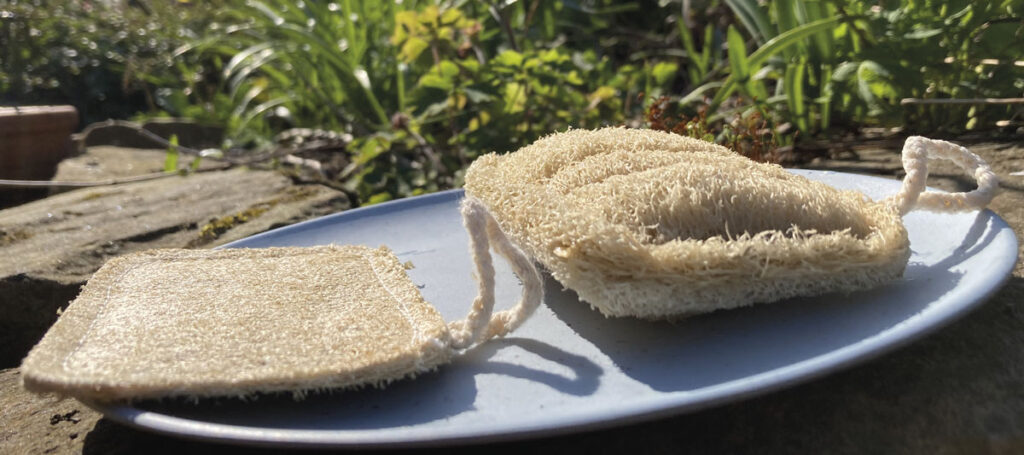
Loofah sponges in the kitchen
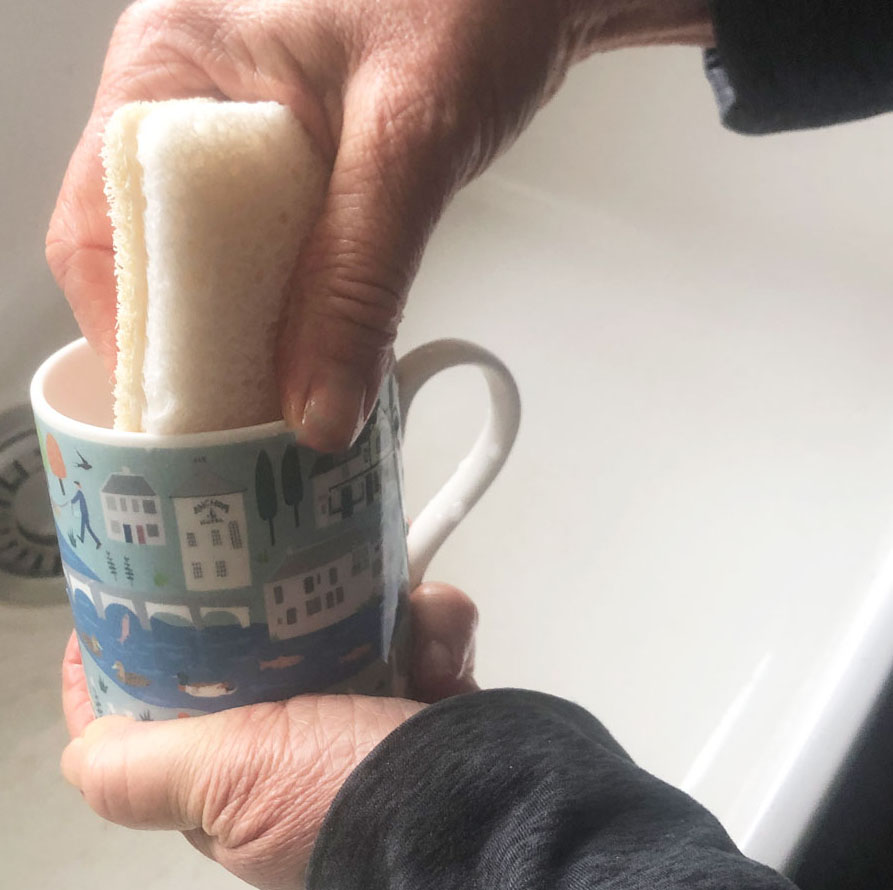
- Clean your sink and hob with a loofah, using bicarbonate of soda and a spray of vinegar.
- Wash your cups and plates with a loofah sponge.
Loofah sponges in the bathroom
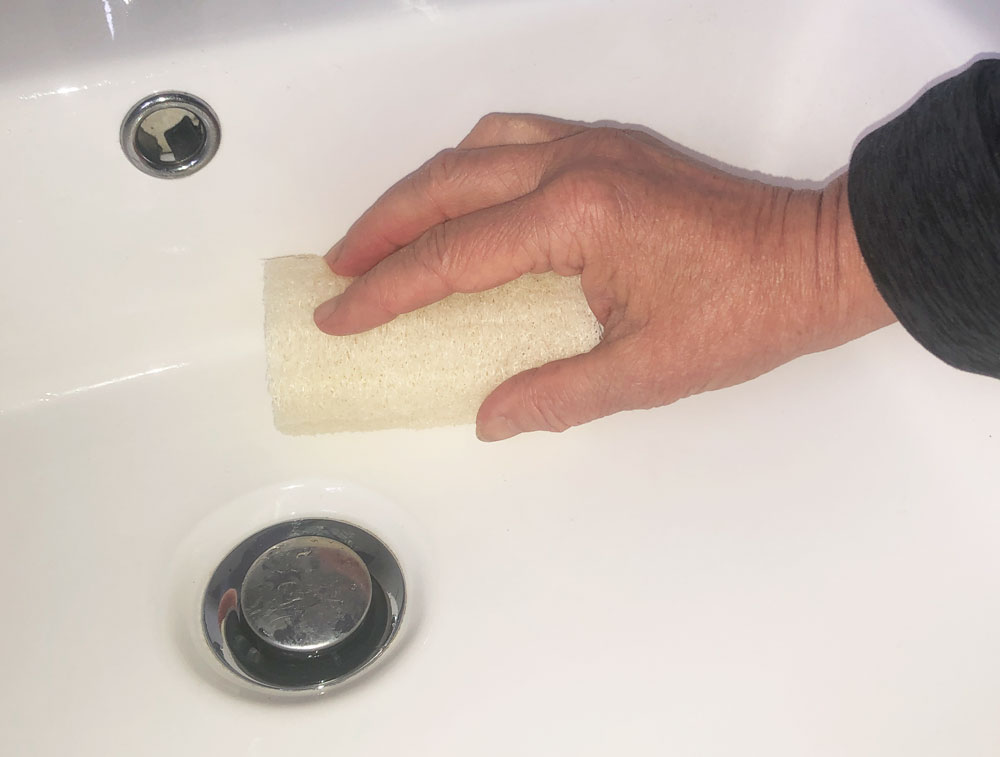
- Clean your bath, sink and shower with a loofah, again using bicarb and vinegar.
- Wash your body with a loofah or a loofah back scrubber (loofahs are now marketed online for exfoliating skin).
- Keep your cleaning loofahs separate from body washing loofahs.
Personally I don’t use loofahs for my body. I did when I was young, of course.
Loofah Sponge Maintenance
- Rinse and squeeze out the water from your loofah after use. Let it dry out between uses. (This is good practice for any cleaning cloths or sponges because moisture enables bacteria to grow.)
- Every now and again, soak your loofah for 5 minutes in a bleach solution of 10 parts water to 1 part bleach, or
- Boil your loofah in a pot for 10 minutes, or
- Put it in the washing machine with a regular wash.
Saying Goodbye to your Loofah Sponge
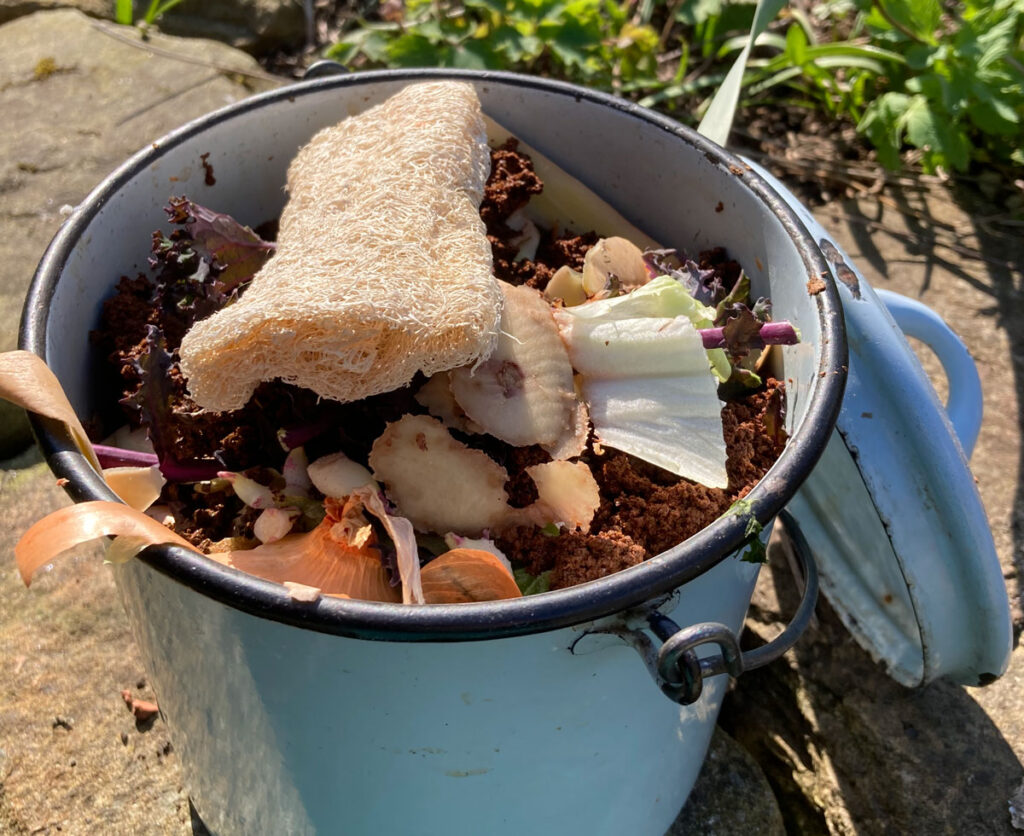
After some time, your loofah sponge will get tired and worn, just like any other sponge. It will sag, look ragged or even manky. This is when it is time to say goodbye. Thank your loofah for its service and green living credentials. Then put it in your compost. If you don’t do composting, bury it in the ground somewhere. It will decompose, returning to the Earth from whence it came.
Please feel free to comment on this blog. I love hearing your views.
